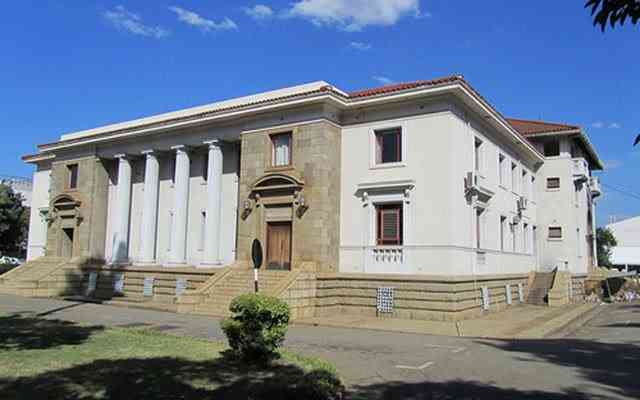PROFITS in Zimbabwe’s banking sector rose by over 1 000% to ZW$181,25 billion (about US$300 million at prevailing rates) during the first half of the year, tracking a robust growth in deposits, central bank data showed Monday.
This figure was $15,09 billion (about US$25 million) during the comparable period in 2021.
But much of the growth was underpinned by a relentless inflation charge, which saw the annual rate rise to 191% at the end of June 2022, compared to just over 50% during the same period last year.
In a report on the industry, the Reserve Bank of Zimbabwe (RBZ) said the sector was resilient to shocks including external headwinds that tormented financial institutions during the period.
The RBZ said the sector benefited more from transaction fees and commissions during the period, than from interest on lending – the traditional source of income for banks.
“Growth in banking sector income was largely spurred by non-interest income, which constituted 79,03% of total income,” the report reads in part.
Keep Reading
- Mavhunga puts DeMbare into Chibuku quarterfinals
- Bulls to charge into Zimbabwe gold stocks
- Ndiraya concerned as goals dry up
- Letters: How solar power is transforming African farms
It said non-interest income comprised mainly revaluation gains from investment properties, fees and commissions, as well as translation gains on foreign currency denominated assets.
In the period under review, the return on assets and return on equity ratios were 8,67% and 31,60%, compared to 13,55% and 45,54% as at June 30 2021, respectively, the RBZ said.
The cost to income ratio improved from 75,95% during the half year ended June 30 2021 to 60,78% in the period under review.
Administration expenses and salaries and employee benefits were the major cost drivers constituting 45,07% and 41,68%, respectively of the total banking sector operating costs of $82,13 billion (about US$134 million).
The RBZ said banking sector loans and advances increased significantly from $320,36 billion (about US$525 million) as at March 31 2022 to $603,14 billion (about US$998 million) as at June 30 2022, which translates to 88,27% growth.
“The significant growth in total loans and advances was largely attributed to translation of foreign currency denominated loans amounting to $397,29 billion (about US$650 million), which constituted 65,87% of total banking sector loans,” the RBZ said.
The report noted that the banking sector continued to support the productive sectors of the economy as evidenced by loans to the productive sectors constituting 76,29% of total loans in the review period.
The portfolio quality of the sector remained strong as measured by the non-performing loans (NPLs) to total loans ratio of 1,50%, against the international benchmark of 5%, said the RBZ.
It said low NPL ratio is reflective of sound credit risk management systems and strong internal controls by banking institutions.
The apex bank said it would continue closely monitoring developments in the banking sector’s credit risk exposure on an ongoing basis.
In the outlook, the central bank said the safety and soundness of the banking sector was expected to be maintained on the backdrop of pragmatic monetary and fiscal policies it was implementing together with the government, which are putting the economy back on track to economic stability.
“The bank will continue to monitor the effectiveness of the risk management initiatives and measures being implemented by banking institutions in order to cope with the changing operating environment and ensure financial sector stability,” it said.





